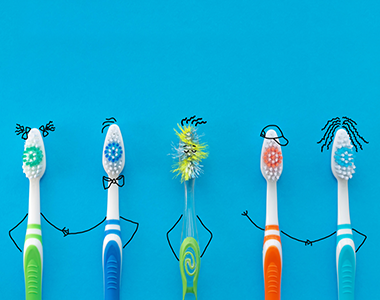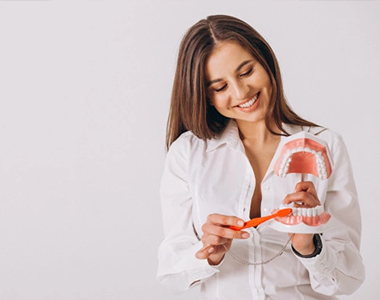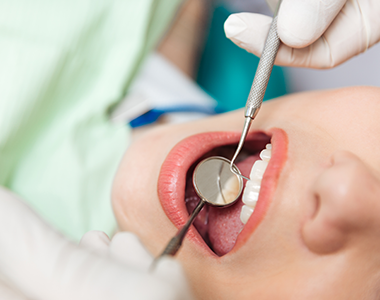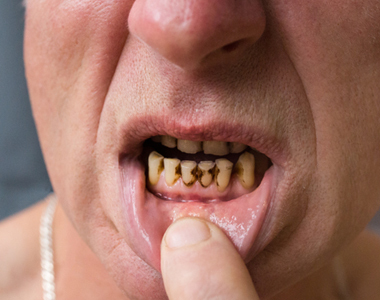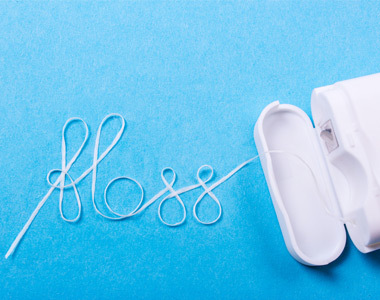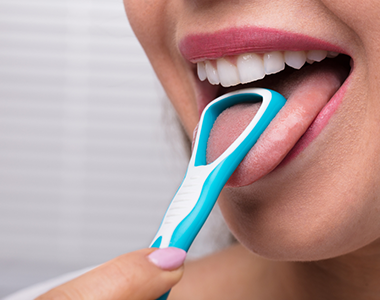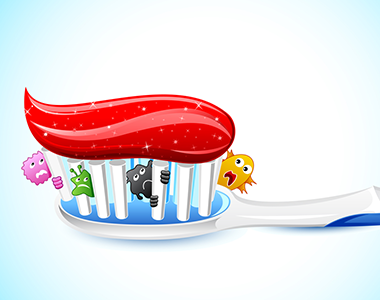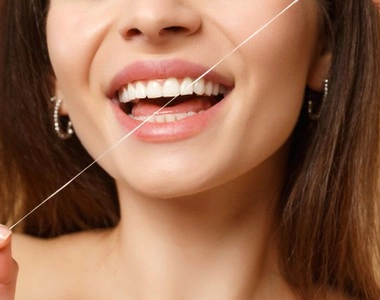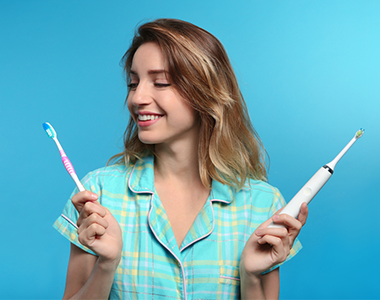
Electric vs manual brushing, which is better?
Category : Gentalcare
We are honored to have been asked to contribute to an expert roundup regarding whether electric or manual toothbrushes are better for maintaining oral health.
In our opinion, the question, ‘which is better, electric or manual brushes?’ is a little too narrow, so it’s missing some important considerations. Let’s expand this a bit and give it the attention it deserves.
As we consider the reasons why brushing is so important, we see several tooth-brushing-related questions that could be addressed, including:
- What is the best method to reduce the plaque (biofilm) which is implicated with tooth decay? Is electric or manual brushing more helpful for this application?
- If electric is superior, which brand/style of brush performs the best?
- If the manual is the way to go, which brand/style/brushing technique performs the best (and why)?
- Where is the research that shows this benefit?
- What do clinicians report when it comes to electric or manual brushing and their relative effectiveness at reducing plaque?
- Since the foods that we consume on a regular basis can influence the plaque in our mouths when clinicians found the plaque, did they take the patient’s diet into consideration?
- What about brushing to reduce gum disease–is electric brushing or manual brushing more helpful for this application?
I’m sure each of us can easily add some additional related questions to this list.
(For full disclosure, we are not medical or dental professionals. We are self-educated, and we draw from our own personal experiences as well as our experience creating a global brand that helps people navigate to greater oral health.)
With all of this on the table, let’s jump into the most important aspect to consider when it comes to the electric vs. manual brushing issue…
HOW you brush is more important than WHAT you brush with.
In other words, it is somewhat important to consider what tool you’re using to brush your teeth. However, if your goal is to navigate to greater oral health, then being mindful of how you brush is even more important.
How much conscious attention are you applying when brushing?
We feel that our level of awareness/attention while brushing is a much more critical factor than whether we’re using a manual brush, electric brush, brushing stick (miswak), etc.
After all, any tool we use in the mouth can help or harm depending on how we’re using it. Are we brushing gently and consciously, or are we quickly and mindlessly scrubbing away just to “get it done” prior to rushing out the door?
Any tool is only as useful as the amount of skill and attention with which we use it.
Our attention is one of the most precious resources we have. We’ve found that the best way for us to get the most benefit out of an activity is to choose to give our attention to one task at a time.
This also applies to our efforts to support our mouths (and bodies, too).
If we use conscious awareness while brushing, we can more effectively navigate to greater oral health. You see, consistent, gentle, and conscious brushing efforts help reduce plaque accumulation, disrupt ‘thug bugs’, and gently stimulate gum tissue.
However, if we go about the twice-daily brushing habit with the same unconscious, overly vigorous technique that we used when we first learned how to brush our teeth as toddlers, then over the years we may end up with receding gums and reduced enamel on our teeth.
Yup, repeatedly brushing in a rough, unconscious way is a common contributing factor in gum recession and enamel etching.
So, before we jump into considering what tools to use, we must first bring more conscious attention to our brushing.
The goal here is to get into the habit of brushing gently, thoroughly, and mindfully. We definitely want to avoid the temptation to take a mental vacation while scrubbing away.
For a deeper dive on brushing strategies, feel free to check out our articles, “How To Brush Your Teeth To Reduce Gum Disease” and “How to avoid 3 common tooth brushing mistakes that can damage your teeth and gums“.
Action step:
Here’s an exercise that anyone can do to bring more attention to their oral hygiene routine. It’s really simple: have a date with your mouth!
What we mean is actually sit down somewhere comfortable and explore gently cleaning your teeth without a time limitation. After all, whoever said 2 minutes was the golden rule for brushing your teeth anyway?
Additionally, there are a lot of common questions about, “How long should I brush my teeth?”
To do this exercise, gently brush until you can sweep your tongue over all the surfaces of your teeth and find no plaque.
Some areas will require a little more support than others. It may take a few times of stopping, feeling around with your tongue, and then going back over it until you feel zero plaque.
The areas behind the back molars and behind the lower front teeth tend to be particularly challenging. Here’s an article that explains more on how to remove plaque from lower front teeth.
Remember, bring conscious awareness to the task.
We aren’t scrubbing away to get it done as quickly as we can (as over the years, this can lead to issues like receding gums).
We are taking our time, gently brushing a little, feeling for more plaque, and gently brushing more where needed.
The first time you try this, we suggest you do so with no paste; just use a moistened brush so that your tongue can really feel what’s going on.
If you want to take your oral health to the next level, here is an exercise that we consider to be the first step to dental self-empowerment. This simple exercise is super helpful for anyone who wants to make massive positive changes in their oral health.
Wrapping up…
So, the next time you’re brushing, notice how you’re doing it. Are you gently yet thoroughly cleaning your teeth or are you mindlessly scrubbing away?
https://orawellness.com/electric-vs-manual-brushing-which-is-better-part-1/

 Review Us
Review Us  Review Us
Review Us 